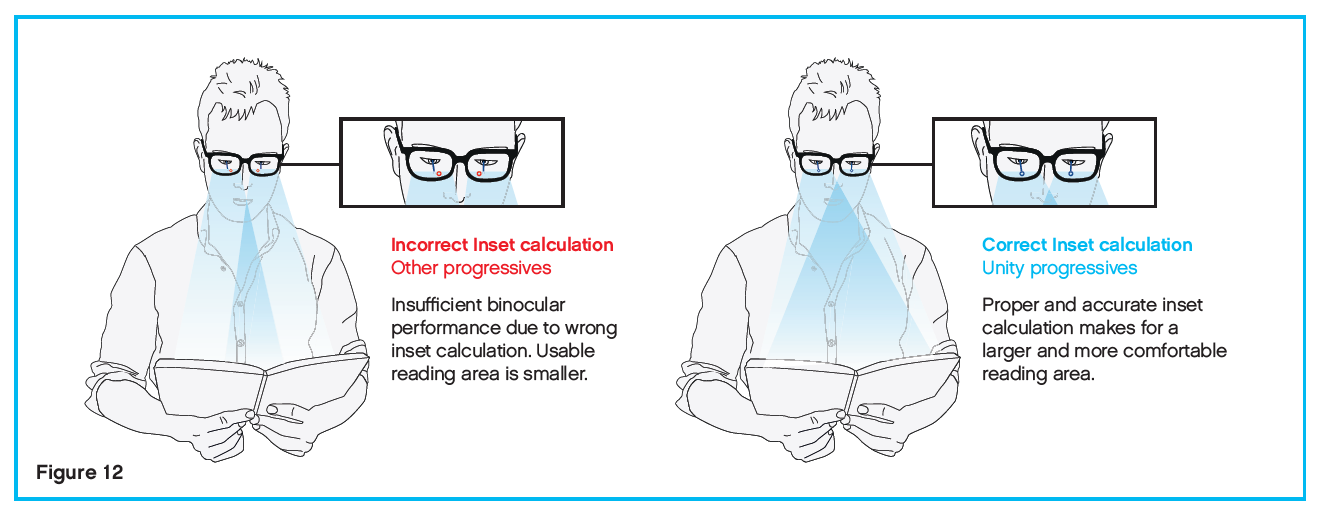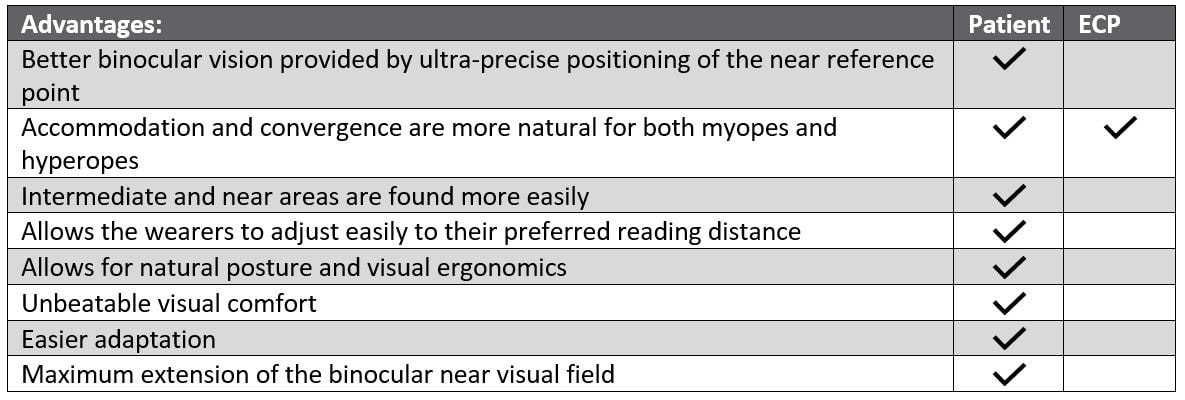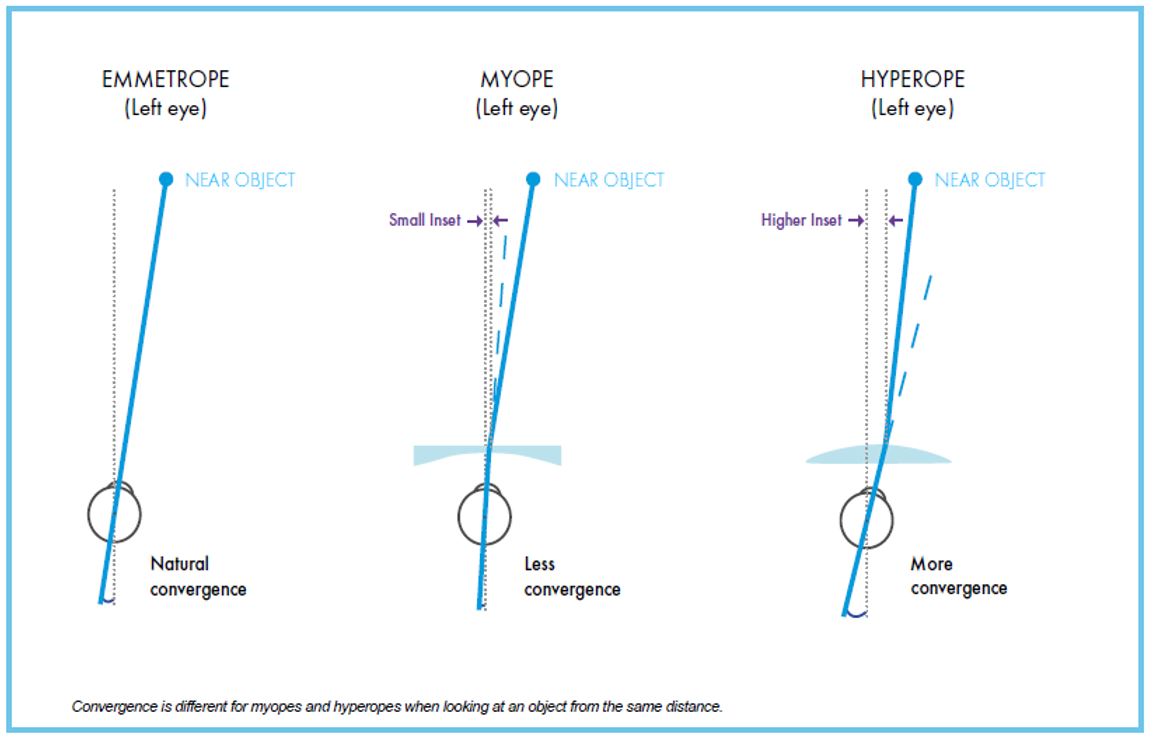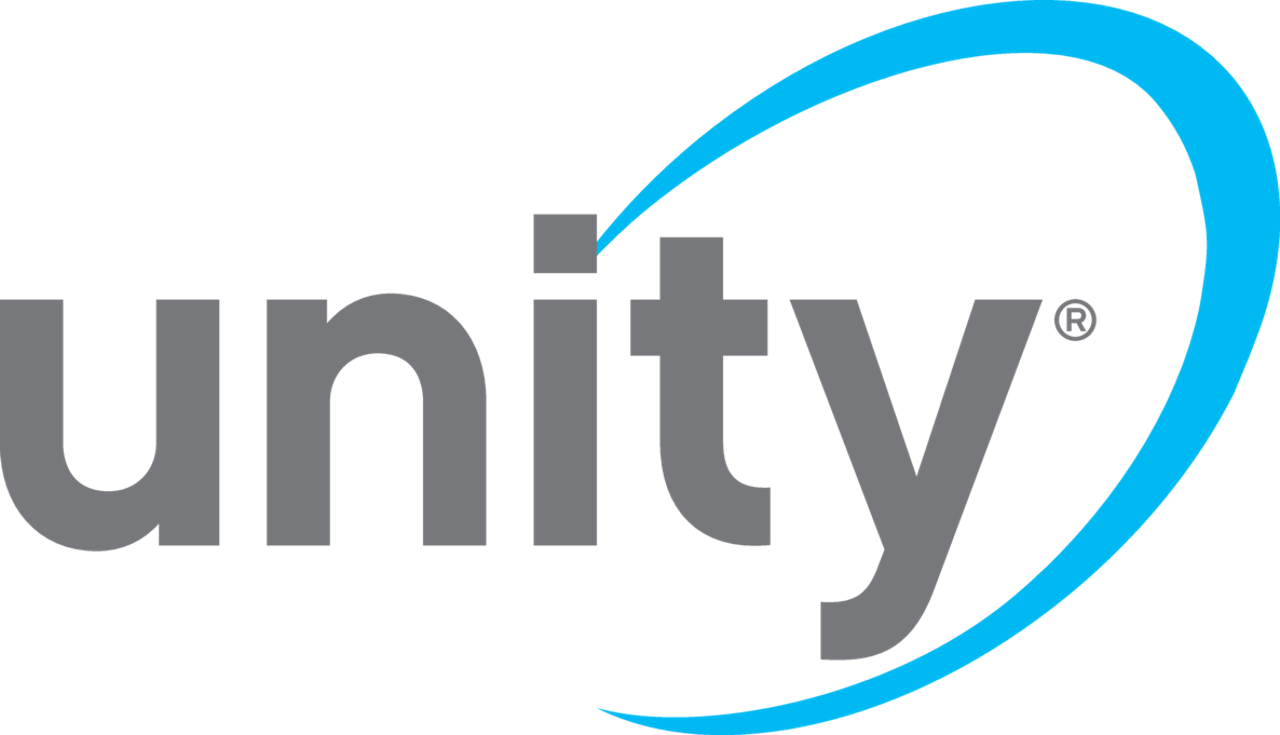|
If you’ve progressed through part one of our blueprint for changing your preferred progressive, you’ve surveyed your current landscape and assessed whether your current lens choice meets your needs, the needs of your patients, and the needs of the practice. If you haven’t read part one yet, you’ll want to do that before proceeding through part two. In this installment, we’ll revisit the patient and practice needs your go-to progressive must fulfill, and the must-have lens technologies that help to do that. Keep in mind as we move through this part of the blueprint, that you’re considering a change in a progressive line, not just one lens within that line. Naturally, the entry-level offering won’t include all the bells and whistles of the premium product. However, your entry-level offering should include at least one of the lens technologies we’ll discuss, and your premium progressive should feature them all. Let’s quickly revisit the checklist of patient and practice requirements for a top-notch progressive portfolio:
Now, let’s examine the essential lens technologies and the advantages they offer that fulfill the needs listed above: DIGITAL VIEWPOINT TECHNOLOGY
prescription powers of each wearer, but they could cause problems when wearers viewed objects in a real-world environment that did not match the design of the progressive lens. Digital Viewpoint Technology uses a model of the eye-lens-environment to map vertical and horizontal eye rotations for every direction of gaze to specific object viewing distances along the line of sight. This allows the fine-tuning of each lens to provide the best combination of dioptric powers for viewing the object, including compensation of off-axis power errors. Achieving Full Personalization Digital Viewpoint is one of the most advanced technologies available today for producing free-form digital lenses. It is based on an advanced, three-dimensional calculation model that takes into account the “as worn” position of the lens and the natural movements of the human eye. The result of this innovative calculation method is a progressive lens that is personalized and provides better vision throughout all zones of the lens. This unique calculation method takes into account position of wear (POW) variables, such as pantoscopic tilt angle, wrap angle, back vertex distance and near working distance. Due to the optimization of the lens based on personalization parameters, the final lens provides visual optimization in every gaze direction. THICKNESS OPTIMIZATION In free-form lenses, the progressive lens is digitally generated on the back side of the lens. The optical center (OC) may be decentered to any location on the lens to minimize the final size and thickness of the lens. This is especially helpful for hyperopes (plus Rx). The algorithm calculates the most optimum design location for each job based on frame dimensions and pupil location, while optimizing the decentration and final size and thickness of the lens. There are two options for optimizing thickness in the labs: 1) The A, B, and DBL dimensions can be provided to the lab, and the lab can use the default frame shape, or 2) the A, B, and DBL dimensions can be provided to the lab, and the lab can use the actual frame tracing. The latter will provide maximum optimization. The frame tracing is not required for thickness optimization, however, if the tracing is available and submitted to the lab, maximum thickness optimization will be achieved. The optical center may be decentered to any location on the lens to minimize the final size and thickness of the lens." AUTOMATIC READING HEIGHT OPTIMIZATION
The result is that the near reference point location is optimized vertically, allowing wearers to read with better ergonomics. To deliver different progression lengths, an Automatic Scaling Method is used in the lens design process to guarantee consistency and higher accuracy between different progression lengths of the same lens design. Another related concept is the minimum fitting height (MFH) of a lens design, which is the shortest pupil height that can be used to fit a specific corridor length. In other words, every progression length has a corresponding MFH to guarantee enough near area in the lens within the frame. MFHs are available from 12 – 18 mm in all three designs. VARIABLE INSET TECHNOLOGY In progressive lenses, the inset is the horizontal shift of the reading area towards the nasal side of the lens with respect to the distance reference point. Every user needs a unique inset to maximize his/her binocular near visual field. The correct inset value depends on the near power of the lens, inter-pupillary distances for each eye, near working distance and back vertex distance. Variable Inset Technology allows for individual lens calculations in order to obtain the correct inset for each wearer. Variable Inset Technology allows for individual lens calculations in order to obtain the correct inset for each wearer." ADVANCED FIT TECHNOLOGY
Therefore, a different accommodative effort is used between myopes and hyperopes. This effect is even more complex when looking through progressive lenses. Advanced Fit Technology improves binocular vision through a more personalized and precisely located near reference point. Wearers will get the benefit of a more natural relationship between accommodation and convergence while reading, resulting in unsurpassed visual ergonomics and maximum extension of the binocular near zone. Some lenses take into account the horizontal and vertical prism induced at near vision, but they are limited to a fixed number of insets and corridor length values. Also, in most cases the inset and the progression is defined as a straight line from distance to near. Having a limited number of inset values directly affects the wearer’s reading distance. Different values of insets have a direct impact on the reading distance for a certain wearers’ prescription. Advanced Fit Technology goes a big step further by offering more degrees of freedom. The calculation is no longer limited to a fixed number of progression lengths and inset values. Advanced Fit Technology considers the way the addition increases along the corridor, instead of assuming the inset should be a complex curve from distance to near in which the inset is progressively changing, following the real path of the eyes when looking from distance to near. Advanced Fit Technology uses advanced algorithms that consider vertical and horizontal prism, power, binocularity and ergonomics to generate the most optimal digital lens surface for each individual wearer. This is now possible as a result of incorporating continuous progression lengths (infinite steps from 12 to 18 mm) and continuous inset values (infinite steps from 0 to 4 mm) for the first time. Advanced Fit Technology goes a big step further by offering more degrees of freedom. The calculation is no longer limited to a fixed number of progression lengths and inset values. In part three of our blueprint series, we’ll discuss how to validate your final choice in a progressive lens.
1 Comment
|
Don't Miss Out!
Subscribe to the In_Sight Newsletter to get the latest blog posts delivered directly to your inbox. Popular Posts
5 Digital Eye Strain Hacks to Enhance Patient and Practice Experience Changing Your Preferred Progressive Lens: A Blueprint for A Successful Switch (Part I) How Unity Via Helped this New Jersey Practice Overcome Change Anxiety Categories
All
|
©2024 Plexus Optix, Inc. All rights reserved.
Unity, SunSync, and TechShield are registered trademarks of Plexus Optix, Inc. All other brands or marks are the property of their respective owners.
Use of these marks, names, logos, and/or brands does not imply endorsement.
Unity, SunSync, and TechShield are registered trademarks of Plexus Optix, Inc. All other brands or marks are the property of their respective owners.
Use of these marks, names, logos, and/or brands does not imply endorsement.
Website by Eyefinity











 RSS Feed
RSS Feed
